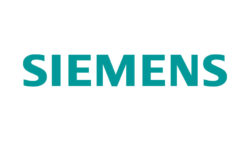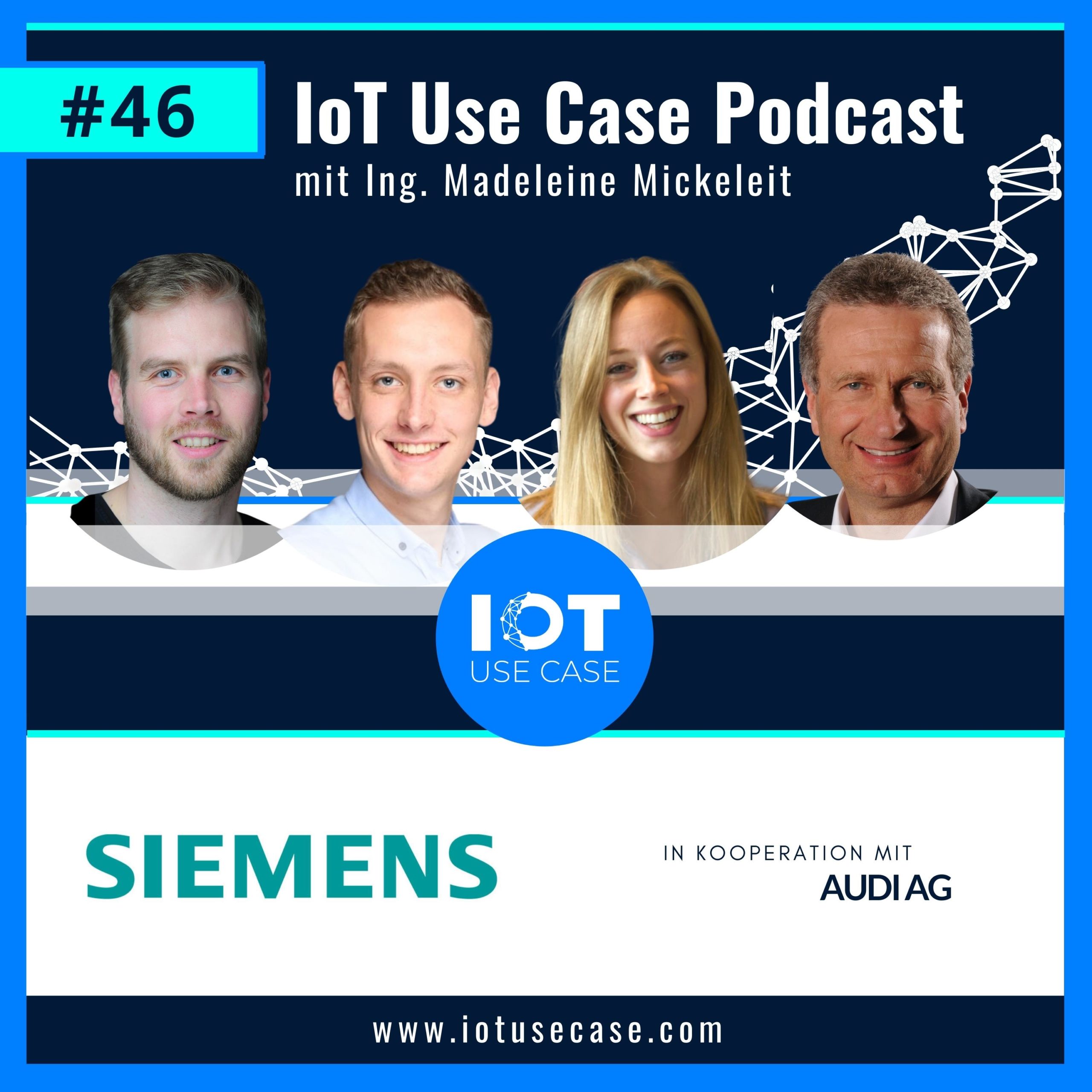Networked building technology in combination with data analysis in the cloud platform gives industrial companies far-reaching information about the interaction between production and building technology. This makes it possible to sustainably increase energy efficiency and performance in a holistic manner, to detect malfunctions caused by excessive consumption, or to holistically capture the industrial campus in the digital twin.
The challenge: Complex building technology on an industrial campus
The growth of an industrial sector is also reflected in the buildings, for example at a major car manufacturer: they have become larger and taller in recent years. This increases the requirements for energy management, air conditioning and lighting control. The company has its own internal utility that distributes electricity, water, ventilation, refrigeration and gases to several production sites. The focus is on availability and efficiency, both in terms of energy requirements and the cost-effectiveness of the entire system.
Building technology presents the interaction with complex tasks. For example, indoor air quality is permanently monitored and motion sensors switch off lighting systems after work. In test stands or measuring rooms, certain temperatures and degrees of humidity must be maintained. Parts of production that are not currently needed are temporarily shut down to avoid wasting energy.
The company’s building control system manages about 70,000 data points from 1,000 utility installations. For production control, there is a dedicated reporting system that can be used to report energy demand at a specific time. The ventilation systems, which are controlled according to demand, account for the largest overall share of electricity requirements.
Evaluating and documenting the data is hardly possible via local measuring and display devices. A large industrial campus has many dozens of office units, factory buildings and warehouses. In addition, many companies have several locations in one region. In order to have all data available centrally and to be able to evaluate it digitally, the entire building technology is to be networked and connected to the Industrial IoT. Based on this, different user groups (e.g. cost or sustainability controlling, operator personnel) can continue to work with this data according to their requirements.
The solution: Smart Building using the Industrial IoT
The car manufacturer uses a networked building control system from Siemens Smart Infrastructure that connects all buildings to a cloud platform. In the process, many of the existing sensors and actuators will be used and their data series will be made cloud-enabled. As a result, the manufacturer can centrally check energy efficiency, plant performance and plant condition at any time.
A simple example is the filter change in a ventilation system. The difference in pressure before and after the filter can be used to determine when it needs to be changed. By storing in the cloud, long-term data can be identified and compared. This makes it possible, for example, to determine the quality of the air filters and, if necessary, to change the supplier, to combine maintenance cycles with production downtimes, and thus to maintain the equipment in a forward-looking, targeted manner instead of a cyclical process.
The cloud platform data provides a holistic picture of energy consumption over time. They are therefore a good basis for energy efficiency measures, but also help with predictive maintenance. For example, there are certain omens for numerous technical faults, such as higher temperatures, greater power consumption or noticeable vibrations.
The individual measured values from the entire building supply are combined in a “digital twin”. This corresponds to a digital representation of the industrial campus in the cloud. This is supplied with data almost in real time and shows the interaction of the individual systems and continuously checks the “digital twin” for optimal functioning. This makes it possible, for example, to detect plant-wide oscillatory behavior – such as when systems regularly start up and shut down due to faulty actuating values, increasing energy consumption or triggering frequent malfunctions.
The result: Energy efficiency and new opportunities
Digital building technology can holistically monitor, compare and improve the interaction between production technology and building technology. Defective equipment or unnecessary consumers are uncovered more quickly than by on-site monitoring.
The overarching analysis of consumption data in the cloud enables manufacturers to optimize their energy consumption significantly better and to detect and subsequently rectify unnecessarily high consumption or incorrect behavior through data analysis. The central collection of data also makes it easier to fulfill statutory documentation requirements, in some cases fully automatically. The data is continuously analyzed in full and compared with the optimal “digital twin”. As a result, the resources of the operations staff can be used effectively for optimization and are not needed for gathering, preparing and analyzing the myriad of data sets.
Smart building technology is also future-proof. In view of increasing demands on sustainability criteria of every company and the ever more complex plant systems, it will become more and more important in the future to ensure and optimize the availability of building services equipment and to reduce production costs.








